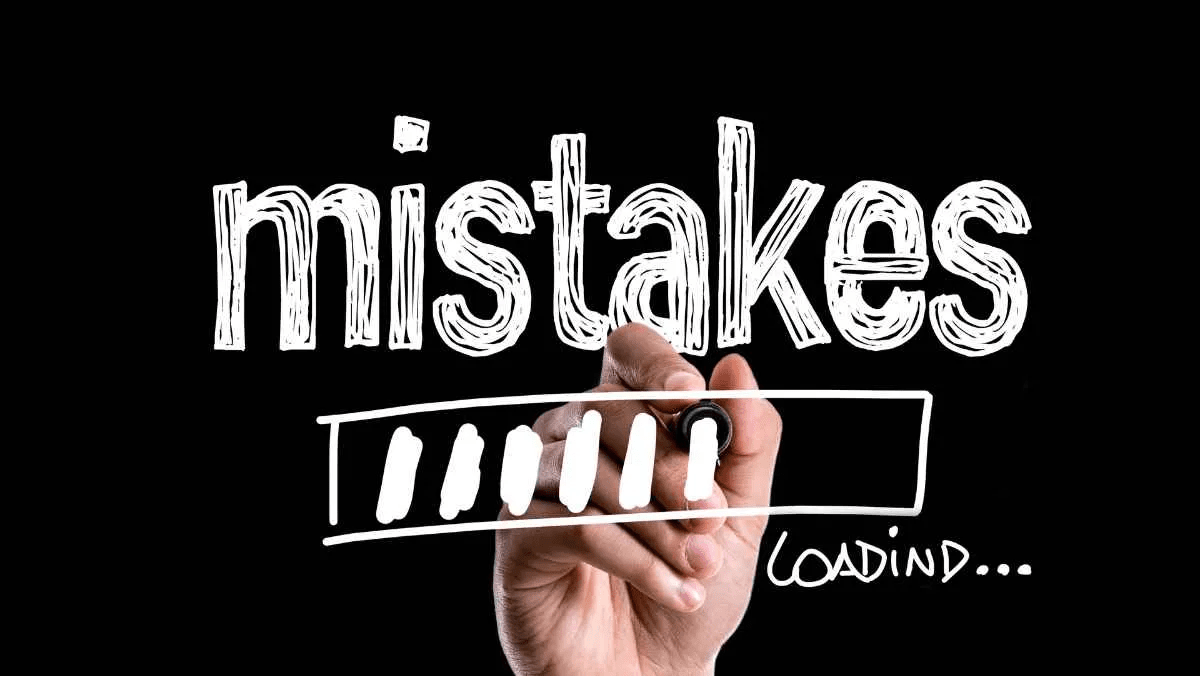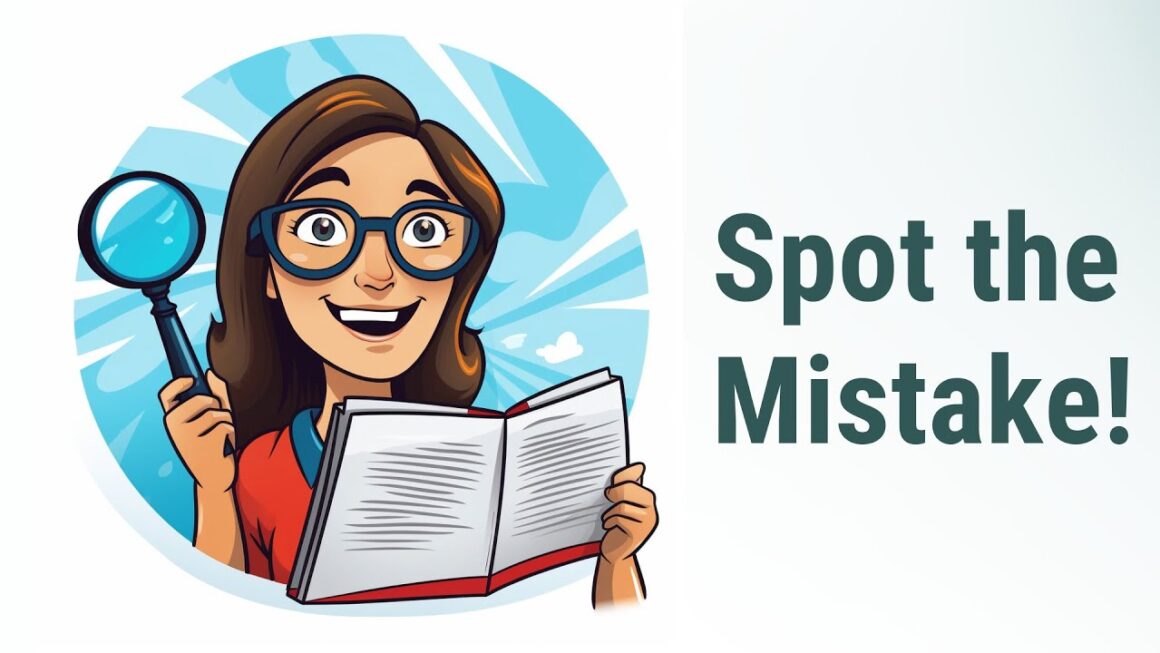Why 80% of Scholarship Applications Fail And How To Avoid The Biggest Mistake
 Ultimate Short Courses That Can Double Your Salary in Less Than 6 Months
Ultimate Short Courses That Can Double Your Salary in Less Than 6 Months
Every year students pour hours into scholarship applications. They write essays, gather documents, polish resumes—and yet many still come up empty. Studies show that only about 11 % of students receive a scholarship, despite millions of dollars in awards. (Education Data Initiative)
That means roughly 9 out of 10 applications fail—sometimes far higher depending on the award. So what’s going on? And most importantly: what can you do differently so you’re among the successful minority?
In this article I’ll walk you through exactly why 80% of scholarship applications fail and how to avoid the biggest mistake. You’ll learn common pitfalls, smart strategies, a comparison of what works vs what fails, and actionable steps you can take now.
Understanding Why 80% of Scholarship Applications Fail
Before we tackle solutions, let’s clarify why so many applications don’t succeed. Multiple sources identify recurring themes:
- Failing to meet eligibility criteria or misreading the rules. (fundsforindividuals.fundsforngos.org)
- Submitting incomplete or inaccurate applications. (globaledgeconsultz.com)
- Writing generic essays that don’t clearly link the applicant to the scholarship’s mission. (StudyLink)
- Missing deadlines or submitting poor quality materials. (Prodigy Finance)
- Not tailoring the application for each scholarship; using the same generic submission repeatedly. (scholarshipladen.com)
Put simply: many applications fail not because the students aren’t qualified, but because they don’t present themselves in a way that aligns clearly with what the scholarship provider is looking for.
The Single Biggest Mistake That Causes Most Failures
While there are many mistakes, one mistake stands out as the largest cause of failure: applying without a clear alignment to the scholarship’s criteria and goals.
When you submit an application that doesn’t clearly answer “Why me? Why this scholarship? What will I do with it?”, you risk being filtered out early. Many committees discard each application quickly—if the alignment isn’t obvious, your application may never get serious review. (The Scholarship System)
Think of it like applying for a job but not tailoring your cover letter to the specific role—your qualifications might be good, but if you don’t show you understand the role’s purpose and how you fit, you may not proceed.
How To Avoid The Biggest Mistake & Improve Your Success Rate

Here’s a structured approach to flip your odds. These are steps that address the biggest mistake and the common pitfalls.
Step 1: Deep-Dive Into The Scholarship’s Mission & Priorities
- Read the scholarship webpage carefully—what values or outcomes does it emphasize?
- Identify keywords in the description (leadership, service, innovation, STEM, etc.).
- Reflect on how your background aligns with those values.
Step 2: Match Your Story To That Mission
- Choose one or two experiences you’ve had that directly reflect the scholarship’s priorities.
- Show before/after or impact: what was the challenge, what did you do, what was the result?
- Link your future plan: how will this scholarship enable you to contribute in line with the mission?
Step 3: Use A Checklist To Avoid Error-Prone Mistakes
- Eligibility: Do you meet all criteria? Age, major, nationality, GPA?
- Documents: Transcripts, recommendation letters, essays, format.
- Instructions: Deadline, word count, file type, submission method.
- Proofread: No grammar errors, correct formatting, consistent data.
Sources show one of the most frequent rejection reasons is “incomplete or inaccurate applications”. (globaledgeconsultz.com)
Step 4: Tailor Your Application (Don’t Use One Size For All)
- Use a version of your main story but tweak each essay to reflect the specific scholarship’s language.
- Address the provider by name, reference their goals, and show you researched them.
- Avoid submitting generic applications — the same essay copied several times signals lack of investment. (StudyLink)
Step 5: Submit Early & Track Your Progress
- Avoid waiting until the last day — technical glitches, late letters, missing files happen.
- Save screenshots or confirmation emails for your records.
- If you’re unsuccessful, seek feedback (if available) and learn for your next application.
What A Strong vs Weak Application Looks Like
Here’s a comparison to help clarify the difference between applications that succeed and those that fail.
| Feature | Weak Application | Strong Application |
|---|---|---|
| Mission alignment | Generic: “I need money for college” | Specific: “I will use my STEM club leadership to improve…” |
| Essay focus | Lists many activities without connecting them | Focuses one or two experiences and their impact |
| Eligibility compliance | Applies despite not meeting all criteria | Meets all stated criteria and perhaps one extra qualification |
| Proofreading & completeness | Typos, missing letter, wrong format | All instructions followed, clean, error-free |
| Deadline submission | Submitted at the last minute | Submitted well before deadline, confirming receipt |
Why The 80% Statistic Matters—and What It Means For You
When you hear “80% of scholarship applications fail”, it might feel scary, but it also carries hope. It means many of those applications fail because they don’t apply smartly—not necessarily because they’re not qualified. The real takeaway: your application can stand out by doing the right things.
Also, data show that only about 10%–17% of applicants receive private scholarships, even among students with decent GPAs. (TuitionHero)
This reinforces that the competition is stiff—but the winners do something different. And that difference often starts with aligning the application to the scholarship’s specific mission and requirements.
Final Checklist – Before You Hit Submit
- I have read and met all eligibility criteria.
- My essay clearly shows how my story aligns with the scholarship’s mission.
- I included specific outcomes and future impact (what I’ll do with the scholarship).
- All required documents are included and in the correct format.
- I submitted well before the deadline and saved confirmation.
- My application is free of typos, uses professional tone, is customized for this award.
Conclusion: Turn The Odds In Your Favor
If you stop and reflect, the core message becomes clear: you don’t win scholarships by accident. You win them by aligning your story, meeting the criteria, tailoring your materials—and avoiding the biggest mistake of misalignment and unpreparedness.
So take this moment. Choose your next scholarship. Do the deep dive into what they want. Match your story. Apply early. By doing so, you increase your odds dramatically—and join the successful minority rather than the majority who fail.
Because when you understand why 80% of scholarship applications fail and how to avoid the biggest mistake, you shift from hoping to winning. Go ahead—make your next application the one that stands out.





